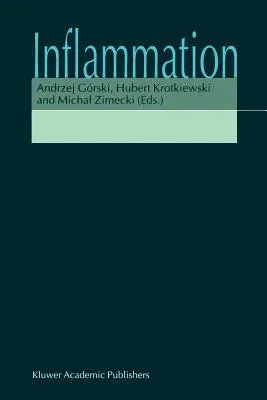lnflammatory reactions are generated in response to extemal and intemal
stimuli, such as infection, trauma, clinical insult or dysregulation of
the ümnune system. The int1ammatory responses may bc antigen-specific or
non-specific, local or systemic, chronic or rapid and severe,
characterized by a massive release of mediators, often lethal. The aim
of this book is to review selectcd aspects associated with the mechanism
of the pathology of int1ammatory processes of ditlerent origin and to
evaluate therapeutic strategies aimed at combating various inflamma-
tory diseases. The introductory article describcs the inmlllnological
status of patients with severe sepsis, with particular attention paid to
the roJe of circulating neutrophils. Intcgrin activation and chemokine
receptor expression and the roles of IL-15, prostaglandins and
leukotriens in inflmmnation and immunity are the subjects of next
articles. Subsequent reviews are focused on allergic diseases involving
mast cells and Th2 type cytokines, in particular the mech- anisms of
atopic dennatitis and signaling hy IL-13. The intlmmnatory responscs
elicited by Mycobacterium tuberculosis and Mvcobacferium nviwn are also
analyzed with special interest paid to the mechanisms which allow the
bacteria to escape the host' s immune reactions. The thcrapeutic
potential of IL- I 0 in infection and inflammation and thc possible
factors contributing to the devclopment of idiopathic pulmonary fibrosis
are rcvicwed in the next articles. The final report demonstrates the
advantages of bacteriophage ther- apy in thc context of the aggravating
problem of hactcrial resistance to antibi- otics.


